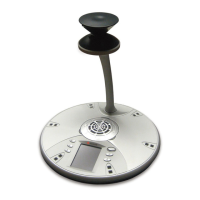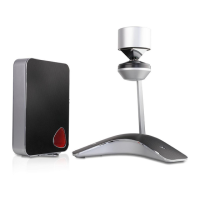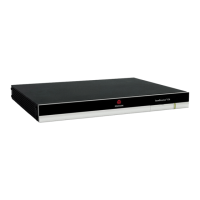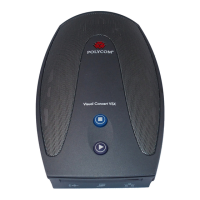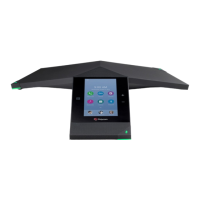Polycom CX5500 Unified Conference Station Administrator’s Guide 1.1.0
Polycom, Inc. 178
Polycom uses the X.509 standard, which defines what information can go into a certificate. An X.509
digital certificate is a digitally signed statement. All X.509 certificates have the following fields, in addition
to the signature:
● Version This identifies which version of the X.509 standard applies to this certificate, which in
turn affects what information can be specified in the certificate.
● Serial Number The entity that created the certificate is responsible for assigning it a serial
number to distinguish it from other certificates it issues.
● Signature Algorithm Identifier This identifies the algorithm used by the Certificate Authority
(CA) to sign the certificate.
● Issuer Name The X.500 name of the entity that signed the certificate. This is normally a CA.
Using this certificate means trusting the entity that signed this certificate.
● Validity Period Each certificate is valid for a limited amount of time. This period is described by a
start date and time and an end date and time, and can be as short as a few seconds or almost as
long as a century.
● Subject Name The name of the entity whose public key the certificate identifies. This name uses
the X.500 standard, so it is intended to be unique across the Internet.
● Subject Public Key Information This is the public key of the entity being named, together with
an algorithm identifier that specifies to which public key cryptographic system this key belongs and
any associated key parameters.
Polycom supports the use of Subject Alternative Names (SAN) with TLS security certificates. Polycom
does not support the use of the asterisk (*) or wildcard characters in the Common Name field of a
Certificate Authority’s public certificate. If you want to enter multiple hostnames or IP addresses on the
same certificate, use the SAN field.
The following is an example of a Polycom device certificate when viewed in a browser.
The device certificate and associated private key are stored on the phone in its non-volatile memory as
part of the manufacturing process. For more information on digital certificates, see Public Key
Infrastructure (X.509) and RFC 2459: Internet X.509 Public Key Infrastructure .
